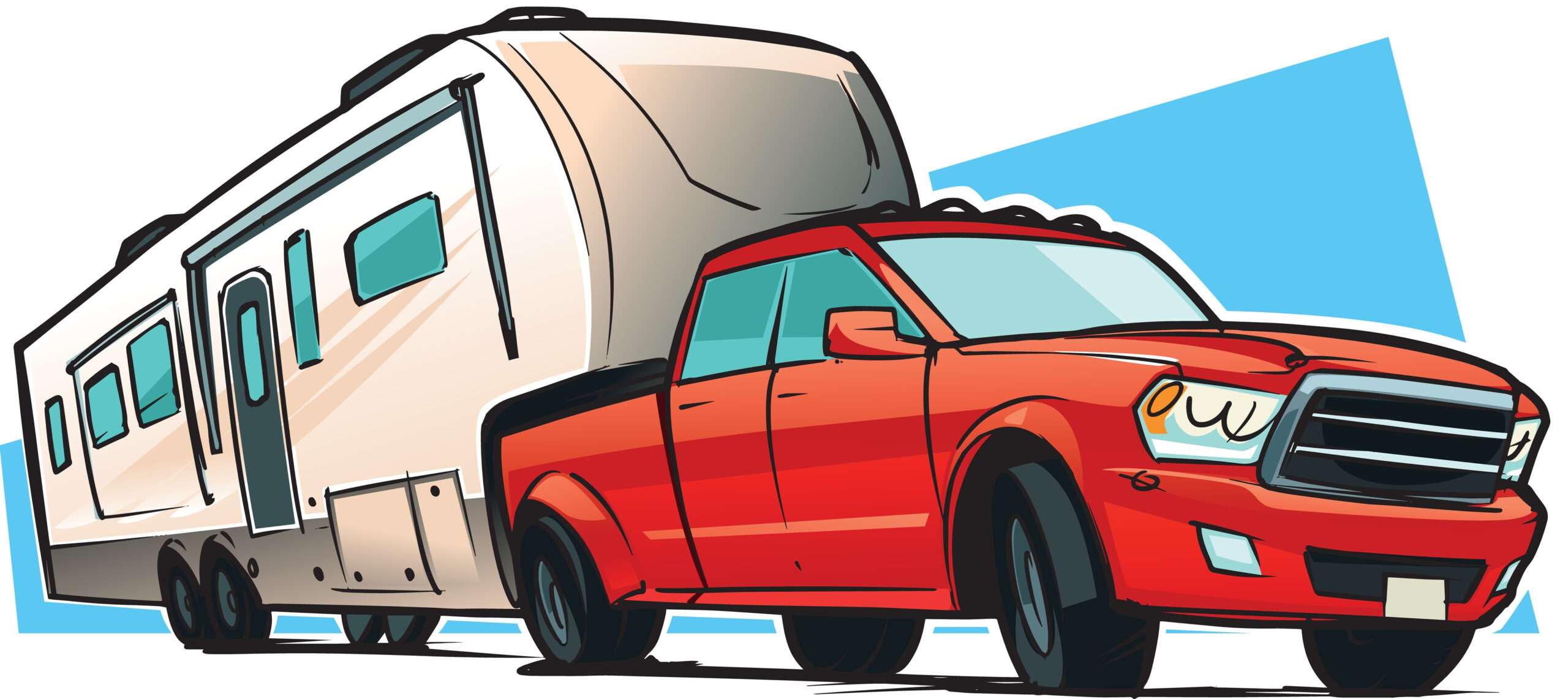 When it comes to careers, business owners are a minority of the population. In conversations this week, I mentioned the statistics several times, and each owner I was discussing it with was surprised that they had so few peers.
When it comes to careers, business owners are a minority of the population. In conversations this week, I mentioned the statistics several times, and each owner I was discussing it with was surprised that they had so few peers.
According to the Small Business Administration (SBA), there are over 33,000,000 businesses in the US. Let’s discount those with zero employees. Many are shell companies or real estate holding entities. Also, those with fewer than 5 employees, true “Mom and Pop” businesses, are hard to distinguish from a job.
The North American Industry Classification System (NAICS) Association, lists businesses with 5 to 99 employees at about 3,300,000, and 123,000 have 100 to 500 employees (the SBA’s largest “small business” classification.)
Overall, that means about 1% of the country are private employers. Owners are a small minority, a very small minority, of the population. Even if we only count working adults (161,000,000) business owners represent only a little more than 2% of that population.
So What?
Where am I going with this, and how does it relate to our recent discussions of purpose in business exit planning? It’s an important issue to consider when discussing an owner’s identity after transition.
Whether or not individual owners know the statistics of their “rare species” status in society, they instinctively understand that they are different. They are identified with their owner status in every aspect of their business and personal life.
At a social event, when asked “What do you do?” they will often respond “I own a business.” It’s an immediate differentiator from describing a job. “I am a carpenter.” or “I work in systems engineering,” describes a function. “I am a business owner” describes a life role.
When asked for further information, the owner frequently replies in the Imperial first person plural. “We build multi-family housing,” is never mistaken for a personal role in the company. No one takes that answer to mean that the speaker swings a hammer all day.
Owners are a Minority
We process much of our information subconsciously. If a man enters a business gathering, for example, and the others in the room are 75% female, he will know instinctively, without consciously counting, that this business meeting or organization is different from others he attends.
Similarly, business owners accept their minority status without thinking about it. They expect that the vast majority of the people they meet socially, who attend their church, or who have kids that play sports with theirs, work for someone else.
There are places where owners congregate, but otherwise, they don’t expect to meet many other owners in the normal course of daily activity. This can be an issue after they exit the business.
You see, telling people “I’m retired” has no distinction. Roughly 98% of the other people who say that never built an organization. They didn’t take the same risks. Others didn’t deal with the same broad variety of issues and challenges. Most didn’t have to personally live with the impact of every daily decision they made, or watch others suffer the consequences of their bad calls.
That is why so many former owners suffer from a lack of identity after they leave. Subconsciously, they expect to stand out from the other 98%. “I’m retired” carries no such distinction.
John F. Dini develops transition and succession strategies that allow business owners to exit their companies on their own schedule, with the proceeds they seek and complete control over the process. He takes a coaching approach to client engagements, focusing on helping owners of companies with $1M to $250M in revenue achieve both their desired lifestyles and legacies.

